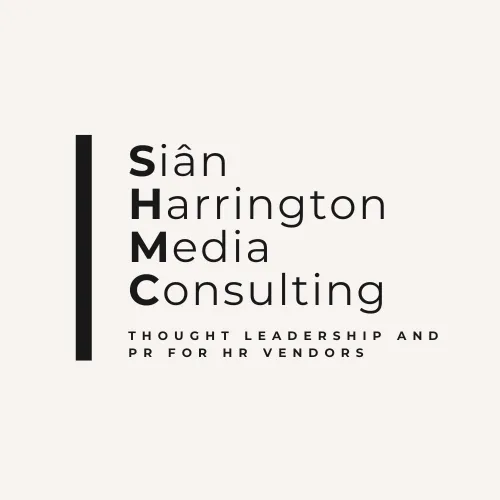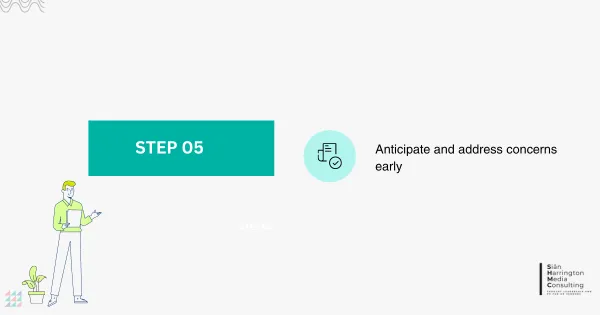How to Increase Sales: 6 Steps for HR Vendors to Engage Stakeholders
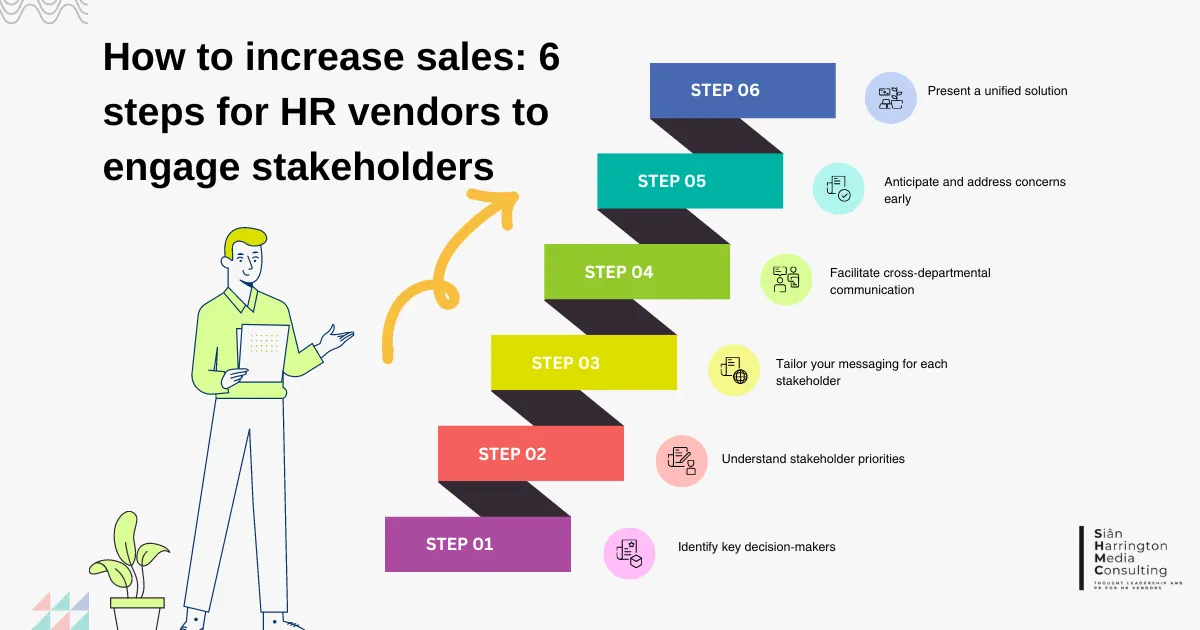
Learn how HR vendors can streamline communication, meet stakeholder needs and drive faster decision-making
Navigating the HR market as a vendor is no easy feat. The modern buying journey involves multiple stakeholders, each with unique needs and priorities. As an HR vendor understanding and addressing these diverse perspectives is crucial to shortening the sales cycle and closing more deals.
This guide will show you how to streamline communication with HR leaders, IT departments, finance teams and even employees, all while maintaining momentum in the decision-making process. By following these steps, you’ll not only meet the needs of each stakeholder but also enhance your credibility as a solution provider and drive faster decision-making.
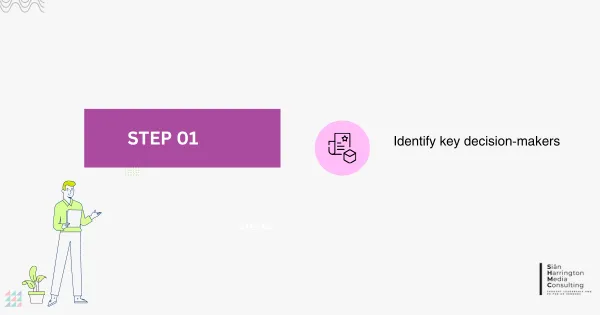
Step 1: Identify key decision-makers
The first step in streamlining communication is identifying who’s involved in the decision-making process. HR purchases rarely involve just one person. While the HR leader may be your initial contact decisions are often made collectively, which is especially important when we recognise that only 66.1% of organisations report that HR has its own budget. This is even lower for smaller organisations, where just over half (53.5%) say the HR department controls its own finances, according to a 2024 XpertHR survey.
For HR technology purchases, for example, decision-makers typically include the chief executive officer (CEO), chief information officer (CIO), chief financial officer (CFO) or someone from their office acting on their behalf. In fact, while many heads of HR report directly to the CEO 13% report to the CFO – an insight that should shape your approach. Misidentifying these players leads to wasted time and effort as pitching solely to HR leaders without engaging with the actual budget holders can derail your progress.
Understanding who the real decision-makers are requires conducting a detailed stakeholder analysis. A simple call with your contact can uncover if the HR leader is the ultimate authority or just a gatekeeper. Ask open-ended questions like “Who else will be involved in the decision?” and “How are financial decisions typically made for technology investments here?” This helps avoid the common mistake of assuming the HR director has final say, especially when budget oversight might rest with the CFO or CEO.
Key players to consider:
- HR leaders: Typically your main point of contact, focusing on talent management, employee engagement, and compliance.
- IT department: Responsible for technical aspects like data security and system integration.
- Finance team: Concerned with cost efficiency and ROI, focusing on budget alignment.
- Employees: Indirect but important influencers, especially for employee-facing solutions.
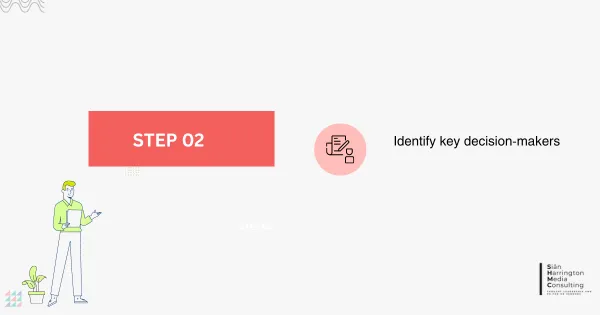
Step 2: Understand stakeholder priorities
Each stakeholder brings a different perspective and your job is to address these varying concerns effectively. Misidentifying or misunderstanding these priorities can be costly. Often vendors assume that because their contact is in HR they are speaking to the final decision-maker. But this assumption is flawed. HR leaders may care about compliance, engagement, or talent management but the ultimate decision often comes down to cost and technical feasibility, key concerns for finance and IT.
By considering these specific stakeholder priorities, vendors can tailor their pitch more effectively:
- HR leaders: They are primarily concerned with how the solution will impact talent management and employee engagement and how it complies with employment laws. Demonstrating how your product can streamline recruitment processes, reduce employee turnover or improve overall engagement is crucial.
- IT department: Their focus lies in system compatibility, data security, and scalability. The last thing they want is a solution that creates more work or risks breaching security protocols. Offering technical documentation and compliance certifications is key here.
- Finance team: They care most about cost. How will this investment pay off? Use ROI calculators to demonstrate the value of your solution. Offer a cost-benefit analysis that shows long-term savings and operational efficiencies.
This tailored approach is made even more effective through the use of buyer personas. According to a study by Cintell high-performing companies are twice as likely to use documented buyer personas to guide their engagement strategies. This helps vendors craft their messaging to speak directly to the concerns of each stakeholder group.
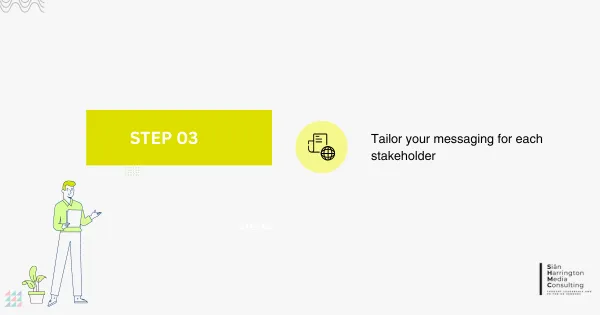
Step 3: Tailor your messaging for each stakeholder
Once you've identified your key stakeholders, the next step is to tailor your messaging. One-size-fits-all approaches will likely fall flat when communicating with different groups. Consider this:
- For HR leaders language should focus on outcomes. Instead of listing features frame your product’s value by showing how it reduces recruitment time or improves employee retention.
- For IT departments focus on the technical specifics. Integration, data security and system compatibility will be top of their list, so provide whitepapers, case studies and clear documentation that demonstrates the technical robustness of your product.
- For finance teams lead with the numbers. Providing clear data-backed examples of cost savings and ROI, especially using industry benchmarks, makes it easier for finance to justify the purchase internally.
- For employees, although not direct decision-makers, highlighting how your product improves their day-to-day tasks and overall job satisfaction can indirectly influence the decision. Employee testimonials from similar companies can be very persuasive here.
This approach not only increases the relevance of your pitch but also shows that you’ve done your homework and are committed to solving their unique challenges.
Step 4: Facilitate cross-departmental communication
HR leaders, while often the first point of contact, are not always the sole decision-makers. They will need to engage other departments – especially finance and IT – to secure buy-in. Facilitating cross-departmental communication ensures these teams stay aligned throughout the decision-making process.
For instance:
- ROI calculators for the finance team help demonstrate cost efficiency and long-term value.
- Technical FAQs or security documentation will aid HR leaders in responding to the IT department’s queries.
- Employee feedback data can help build a case for how your product improves the end-user experience.
When you equip your primary contact with the right tools you empower them to advocate more effectively for your solution across departments. You also position yourself as a resource and partner rather than just a vendor.
Step 5: Anticipate and address concerns early
The buying process can get bogged down when unexpected concerns arise. By anticipating these concerns before they stall the process you can stay ahead of objections.
- For HR leaders, be proactive about compliance and ease of use. Case studies that demonstrate smooth onboarding and real-world applications can help alleviate these concerns.
- For IT departments, addressing integration concerns early through a demo or technical walkthrough can pre-empt delays. Show them how seamlessly your product integrates with their existing systems.
- For finance, ensure you provide a thorough, data-backed ROI explanation. Real-world examples of how similar companies reduced costs or improved efficiency can add weight to your pitch.
Step 6: Present a unified solution
After addressing the individual concerns of each stakeholder it’s crucial to present a unified solution that demonstrates how your product benefits the entire organisation. By pulling together the concerns of HR, IT, finance and employees, you can show how your solution will improve processes across the board.
For example:
- HR processes will be streamlined, reducing administrative burden.
- IT systems will face minimal disruption, with your solution offering easy integration and security assurances.
- The financial benefits of the solution will be clear, thanks to measurable ROI and cost savings.
- Employee experience will be enhanced, leading to higher engagement and productivity.
By offering this holistic view you shift the conversation from departmental benefits to company-wide impact.
Conclusion
Selling HR solutions in today’s multi-stakeholder environment is challenging but, with the right approach, you can streamline the process and close deals faster. By identifying key decision-makers, tailoring your messaging and providing resources that facilitate cross-departmental buy-in, you’ll stand out as a credible and solution-oriented vendor.
Remember, only 66.1% of HR departments control their own budgets so don’t assume that your HR contact is the final decision-maker. A thorough understanding of the company’s decision-making structure, coupled with targeted engagement with key personas, will help you navigate the complexities of the modern HR technology market.
To help you refine your PR and marketing strategy and connect more effectively with HR directors we’ve compiled insights from our research into The HR Vendors Marketing Toolkit, a free 5-day email course. Alongside the course you get access to a free detailed 24-page report that delves deeper into the preferences, challenges and decision-making processes of HR buyers. This report complements the course content, providing a broader context and actionable strategies that help vendors connect more effectively with their target market.
